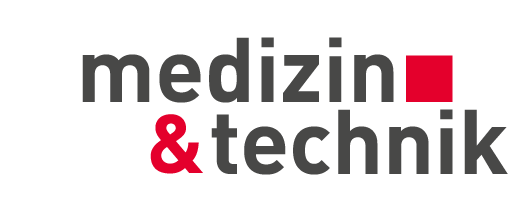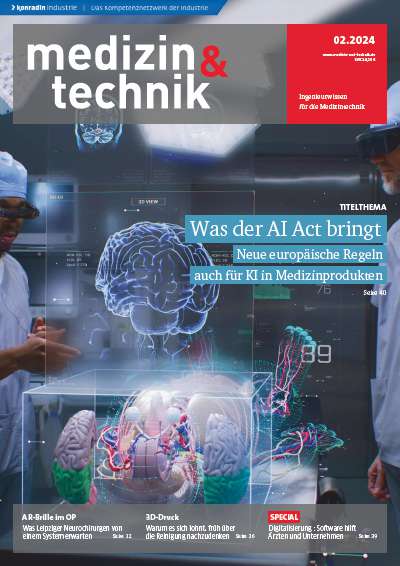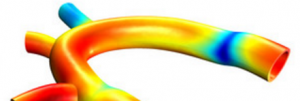Glass optical fibers are helpful in many areas, even in vital ones such as minimally invasive surgery. Telerobotic systems use Schott’s Puravis fibers for illumination during surgical interventions.
Schott’s light guides are an indispensable part of today’s robotic surgical systems. They provide precise illumination. Only in this way can surgeons confidently differentiate between various types of tissue—reliably and over a long period of time.
Minimally invasive surgery has become the method of choice for many operations, such as, removal of the spleen, appendix, or tumor tissue. The advantage: Unlike traditional surgeries, minimally invasive techniques require only a few small incisions for camera, light, scalpels, and other endoscopic instruments. Still, medical professionals have long been convinced that minimally invasive surgery is too risky for complicated operations. Such include laparoscopy, which was very common in the 1980’s and 1990’s for relatively simply interventions. Things changed with the introduction of telerobotic surgery.
This type of system consists of a console where surgeons can sit comfortably during the operation. Integrated into the system is a tripod that is located near the patient and has three or four robot arms, various endoscopic instruments, and a system for 3D imaging. The machine performs all hand motions of the surgeon executed in smaller, precise movements of the small instruments. Such instruments include scalpels, scissors, and needle holders. The instruments are attached to the system arms, which have a considerably greater range of motion than the human wrist. Yet, everything happens under the surgeon’s sight and control. The system’s 3D visualization system provides a continuously updated detail view of the operative field, making it possible to work with the highest degree of precision possible. And at this key spot is where Schott’s technology comes into play: “We give light to surgeons,” explains Ralf Daferner, Division Manager of the Lighting and Imaging Medical and Business Unit at Schott AG in Mainz, Germany.
New developments benefit from the environmentally friendly glass optical fibers called Puravis. These high-tech fibers can be made without lead, antimony, and arsenic. They already meet the requirements set in the RoHS Directive. Also the fibers guarantee that white light will be transmitted over a longer distance directly into the patient’s body. Most notably, the new GOF120 glass fibers with an aperture of 0.86 achieve an aperture angle of up to 120°. With this feature, they are ideally suited for applications in medical endoscopy for illuminating internal cavities.
“The strength of our Puravis GOF120 fibers is that they can achieve a high light transmission while maintaining the natural white-light color. In this way, they make it considerably easier to diagnose confidently the tissue samples under examination,” explains Karen Holst, glass optical fiber production manager at Schott Lighting and Imaging. Just like the sister fibers GOF70 and GOF85, which were launched two years ago, the new fibers improve the portions of blue light and transmit almost UV light waves—ideal for use in medical technology disciplines like fluorescence diagnostics.
Thanks to Schott’s special glass recipe, the fibers are very robust, which allows hospitals to lower their costs in the long-term. The reason: the fibers have high chemical stability. Compared to instruments that use traditional fibers, instruments equipped with Puravis can be put through a much larger number of sterilization processes without having their quality or light transmission effected—a must in hospitals as infections can be avoided only when sterile instruments are used in surgery.
Stephanie Hügler Schott, Mainz
Additional information about the technology company and manufacturer of light guides: www.schott.com/english/
Teilen:







